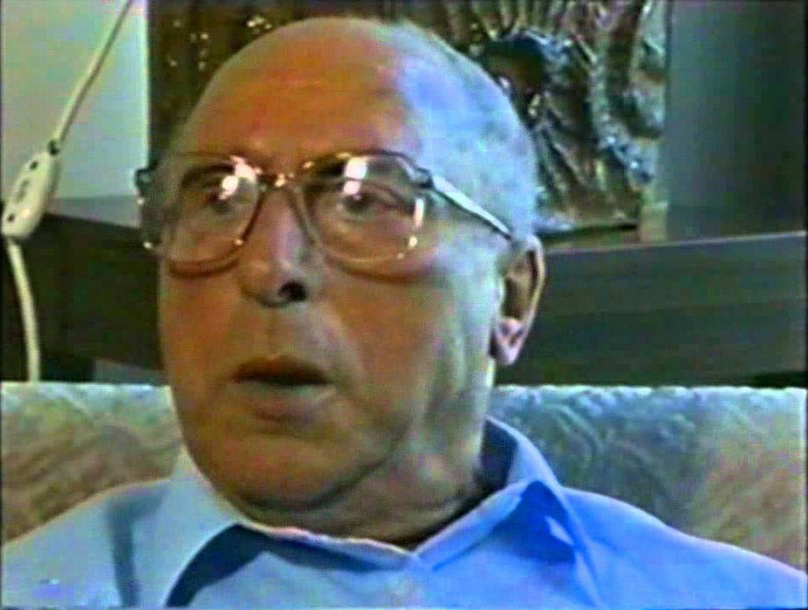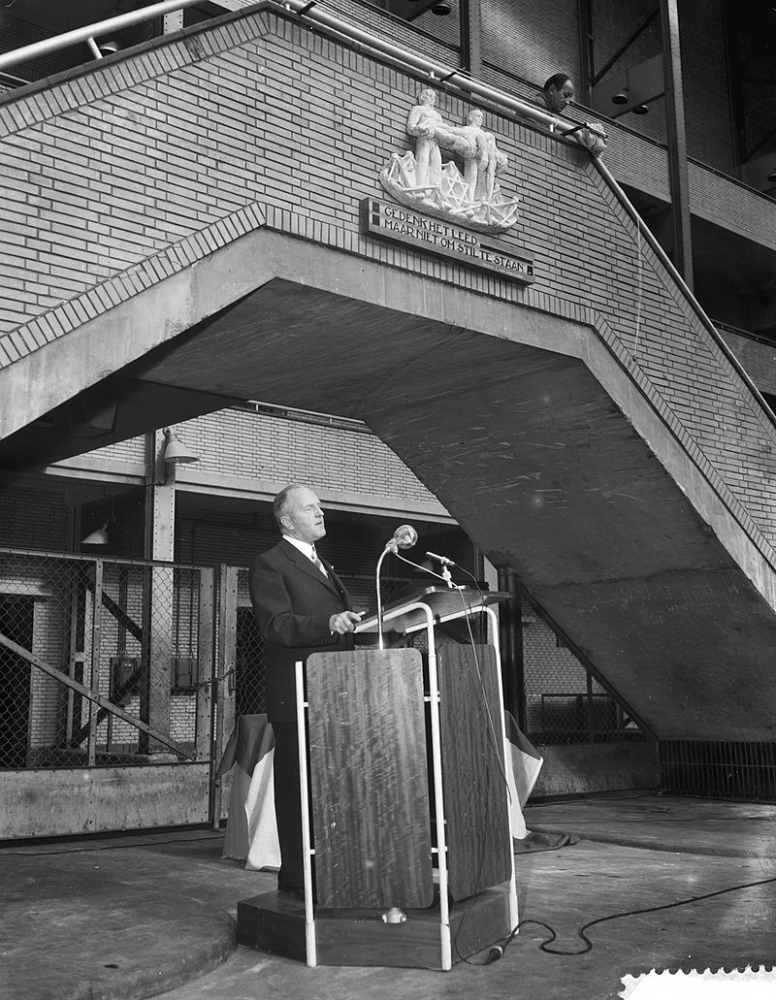
May 3, 2022
The Centrale Markthal during World War II
Tijdens de Tweede Wereldoorlog voerden Duitse Nationaalsocialistische fascisten de grootste genocide uit in de geschiedenis van de mensheid. Hun poging was om het Joodse volk in Europa in haar geheel om te brengen. In Amsterdam misbruikte de bezetter daarvoor onder andere de stadsmarkten en de Centrale Markt om greep te krijgen op Joodse ondernemers.
During World War II, the German occupiers exploited the city markets and the Centrale Markthal to exert control over Jewish entrepreneurs in Amsterdam. A portion of the Central Market was designated as the “Jewish Market,” and Jewish visitors were required to have a red letter ‘J’ on their market passes. The then-director, who was Jewish, named Van der Laan, was dismissed in 1941 and later died in a concentration camp in 1944.
Although the market was under the grip of the occupiers, it was also a hub of resistance. Through the Centrale Markthal, false documents were distributed to prevent Jews from being transported. These documents purported to show that they were essential to the city’s food supply as they worked in the food industry. Additionally, many Jewish and possibly other civilians hid in the cellars of the market hall as part of the underground hiding network. Despite a unit of German soldiers being stationed on one of the piers in 1943, the German authorities never discovered the hidden individuals, and they survived the war.
Sam de Hond
The Jewish resistance fighter and wholesaler, Sam de Hond, played a crucial role in the resistance and was one of the individuals involved in distributing illegal documents from the Centrale Markt throughout the city. He also managed to regularly steal cards from the file containing the names of people who were summoned to work in Germany for the Arbeitseinsatz (forced labor). De Hond was eventually arrested and sent to the Auschwitz-Birkenau concentration camp in March 1944, miraculously surviving. His wife, mother, and brother were all killed in the camp’s gas chambers.
After the war, De Hond returned heavily malnourished and eventually resumed working at the Centrale Markthal. The fact that he managed to rebuild his life after enduring such immense suffering is nothing short of a miracle, but the painful past continued to haunt him. This became evident when De Hond spotted a former pro-German Amsterdam resident on the market premises, knowing that the man had arrested many Jews. The market supervisor barely managed to prevent De Hond from running the man over with his car on the spot.
In 2019, BOEi spoke with former wholesaler Ronald Poelstra, who vividly remembered Sam de Hond: “Sam de Hond had his stall next to ours in the Centrale Markthal, between wholesaler Windig and the Piller brothers. He had beautiful products; he sold South African peaches and apricots. They were very expensive, so his customers were mainly high-end retailers with affluent clientele. Sam was Jewish and had a significant role during the war. He made a significant contribution within the resistance.”
After the war, a monument was unveiled in the Centrale Markthal to commemorate its wartime history. The director of the Centrale Markthal believed that De Hond was the most appropriate person to unveil the monument, but being modest as he was, he refused. De Hond would remain active as an entrepreneur for many more years, but in the 1970s, he had to retire as the psychological and physical effects of the war caught up with him. Sam de Hond passed away in 2002.
Photo: The monument commemorating the war in the Markthal
Sources:
René Kistemaker et al., 1984. ‘Amsterdam Marktstad’ Market Services Department, Amsterdam
And the biography of Sam de Hond, written by M. de Hond, 1984.

